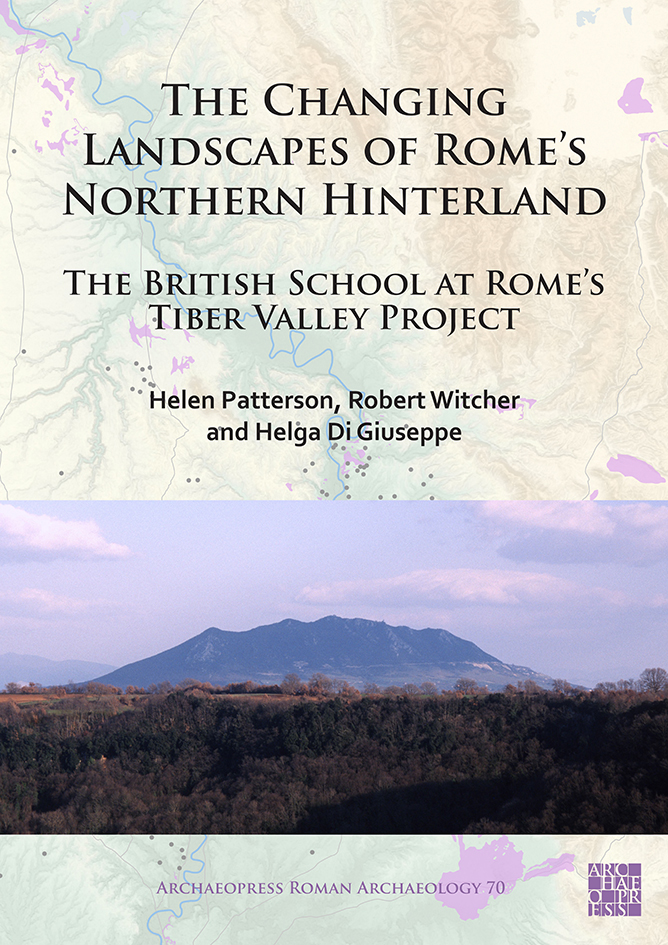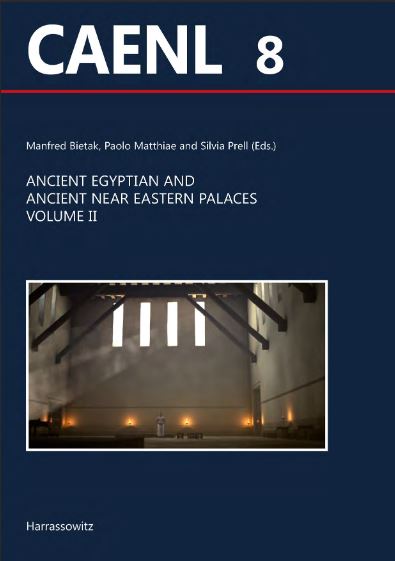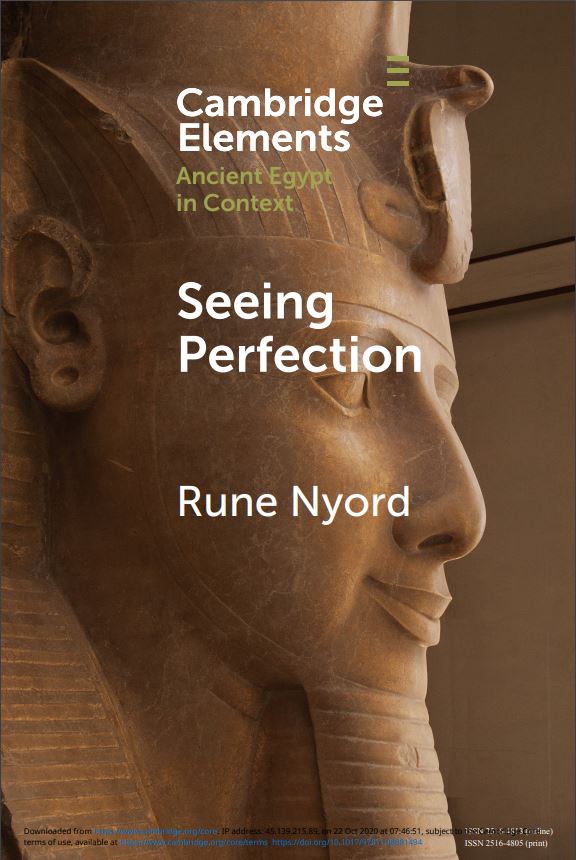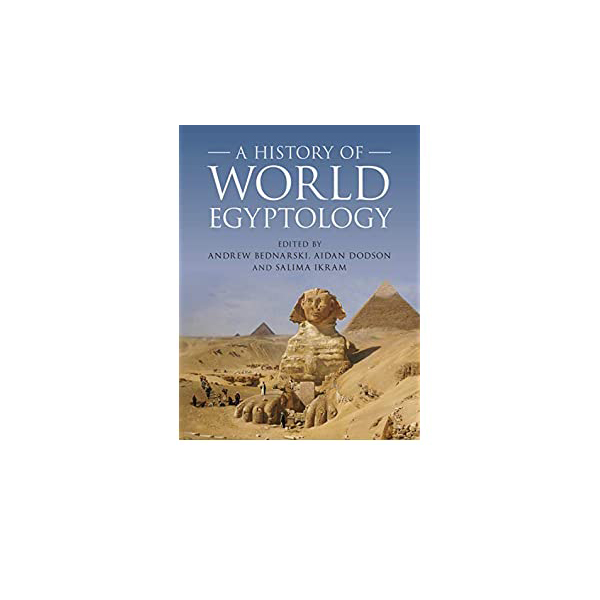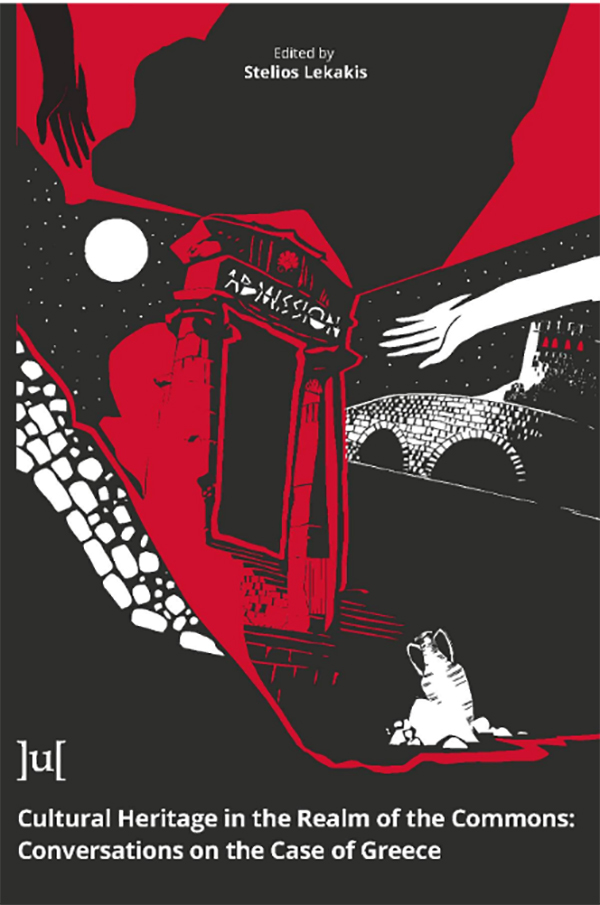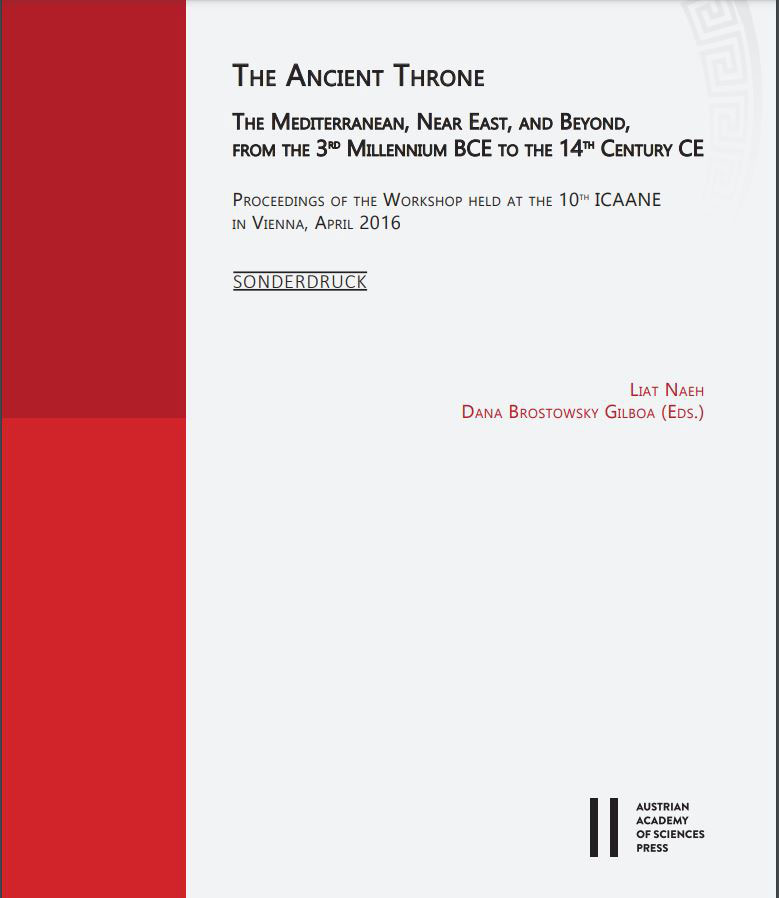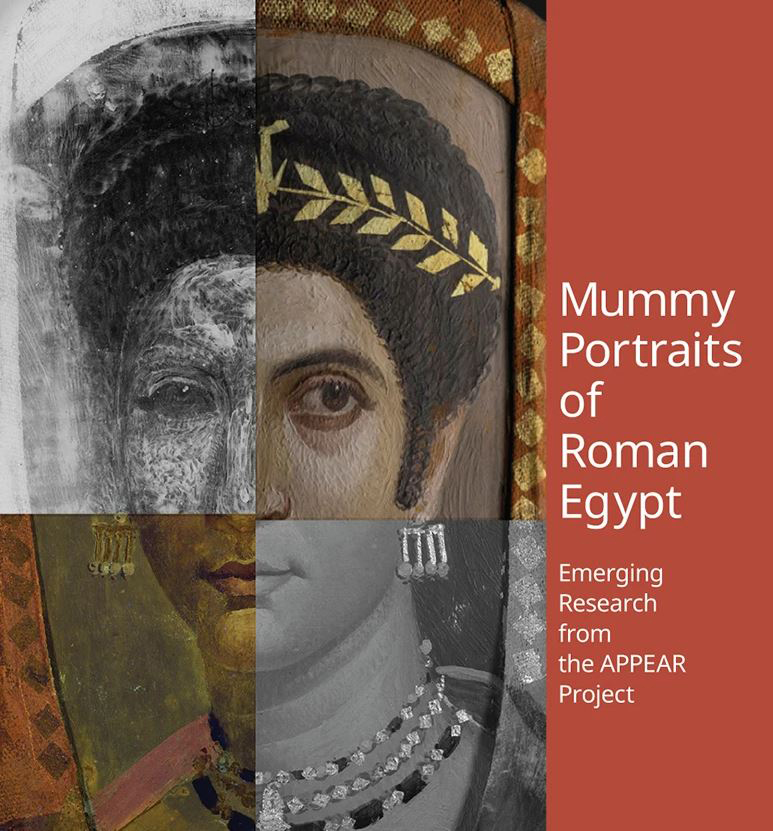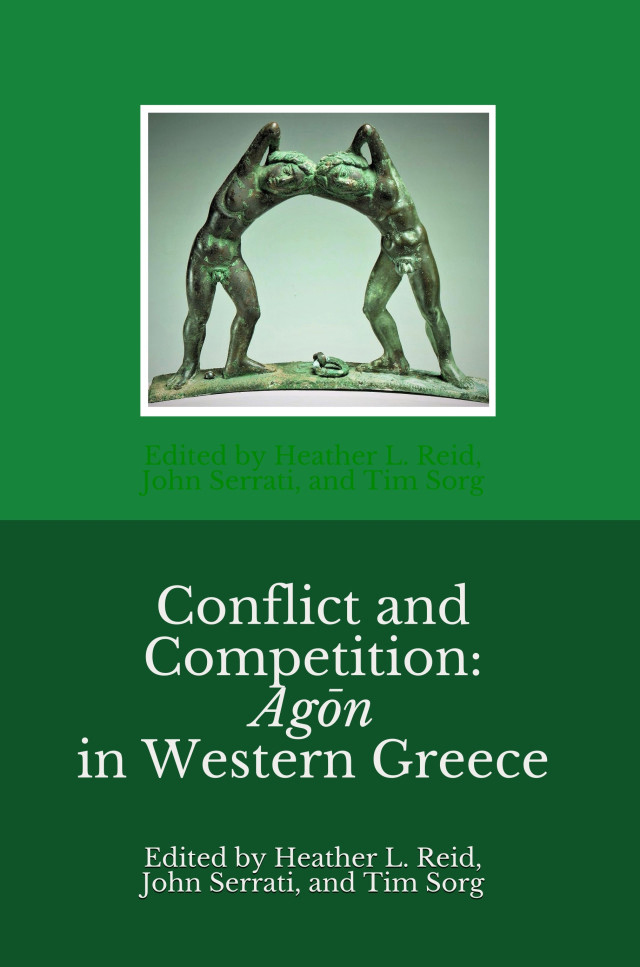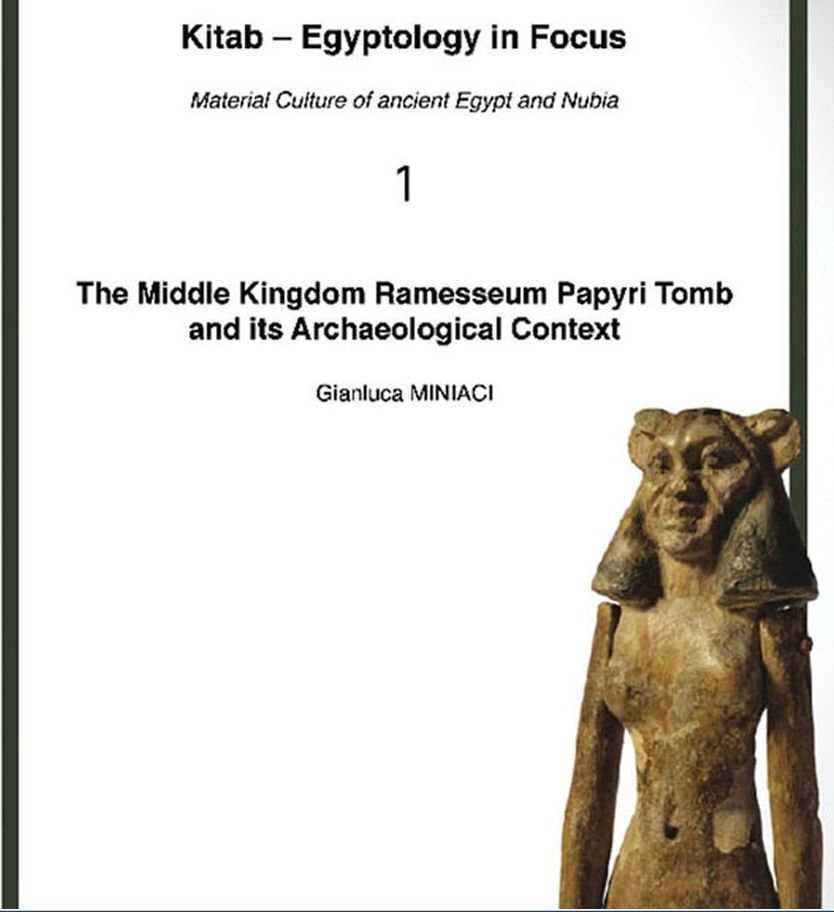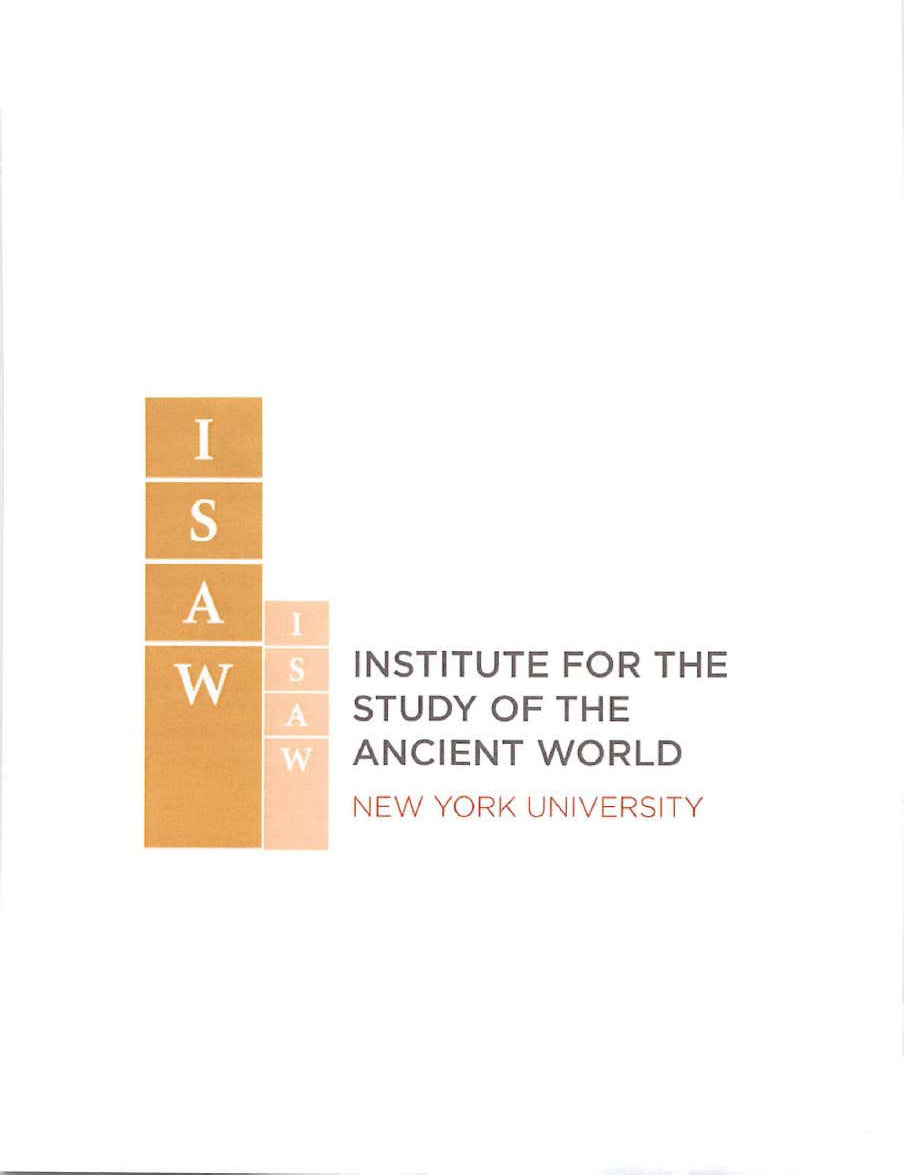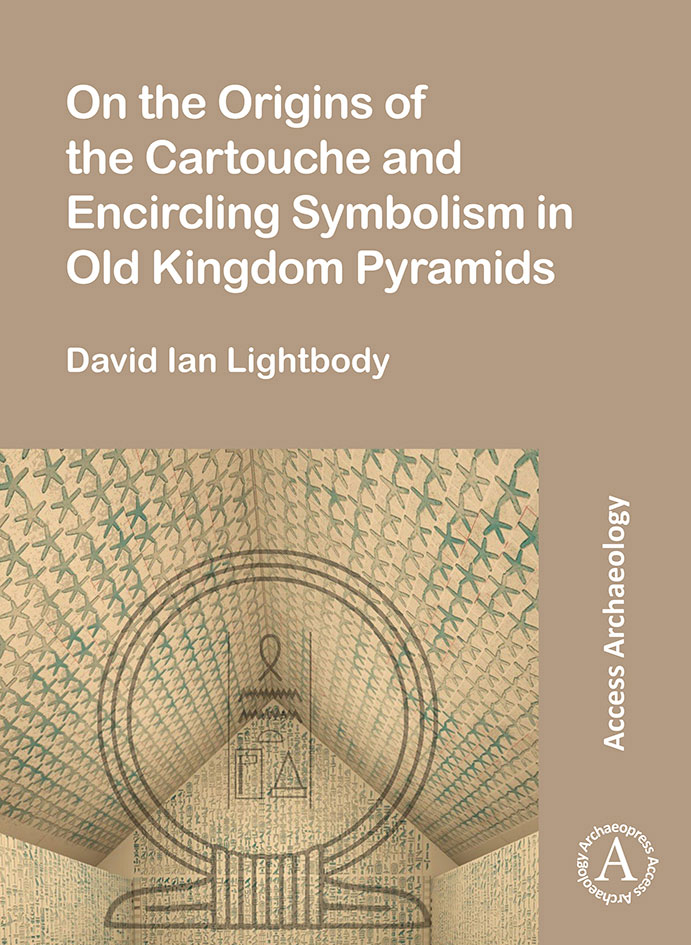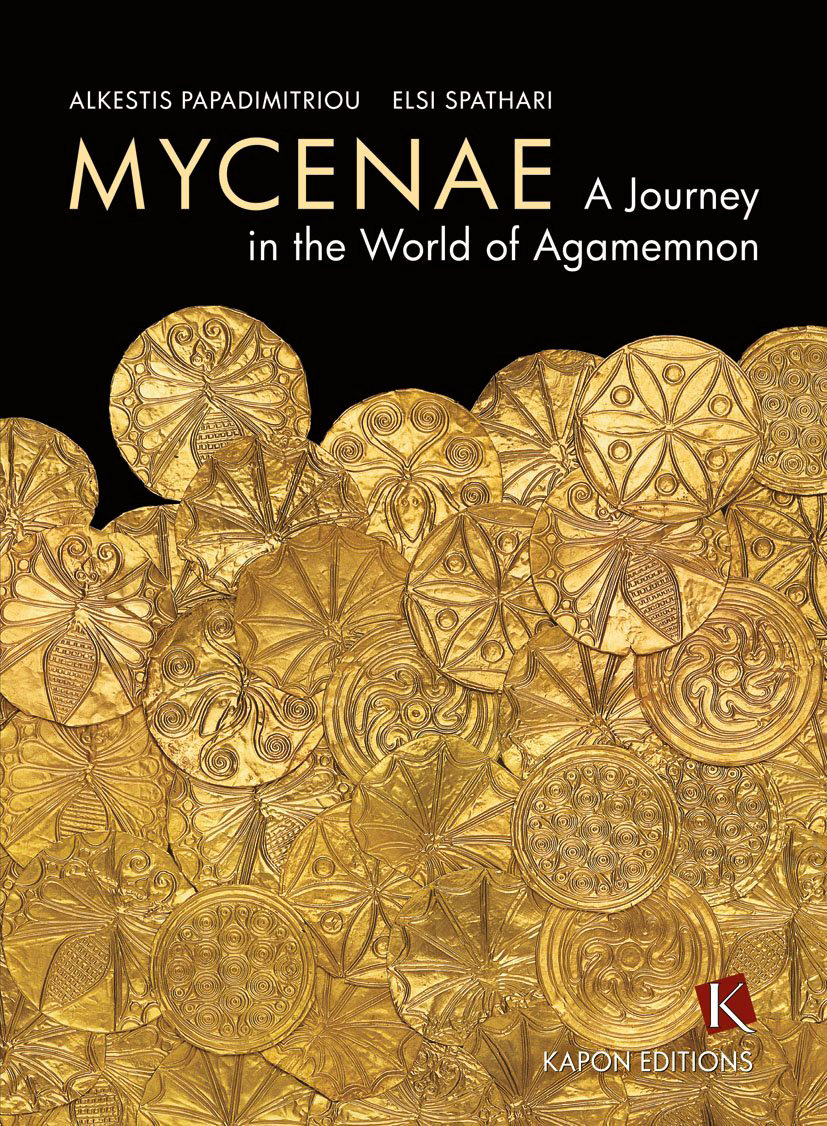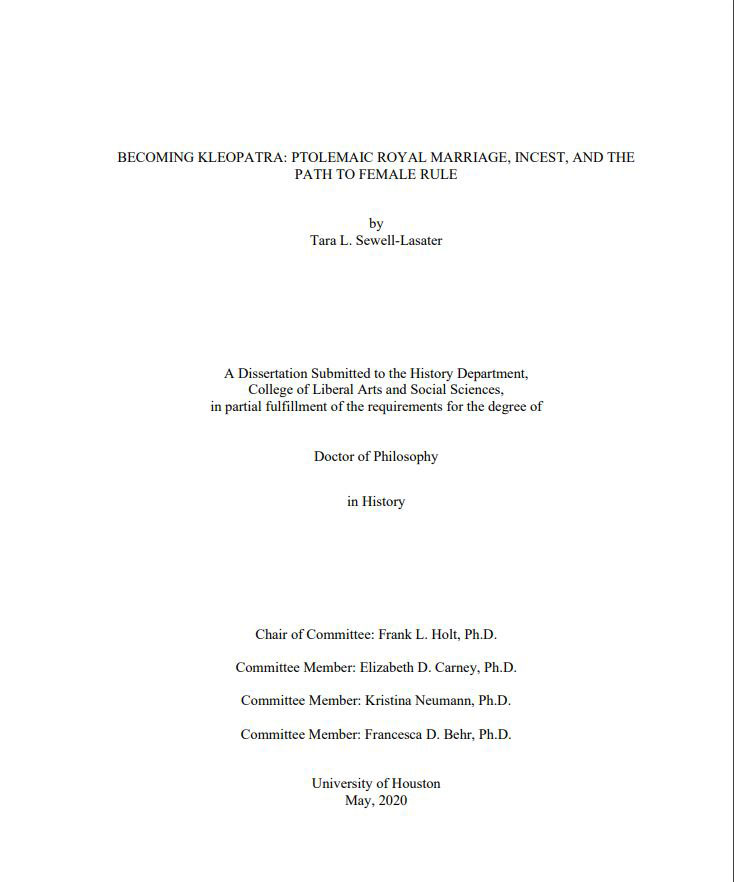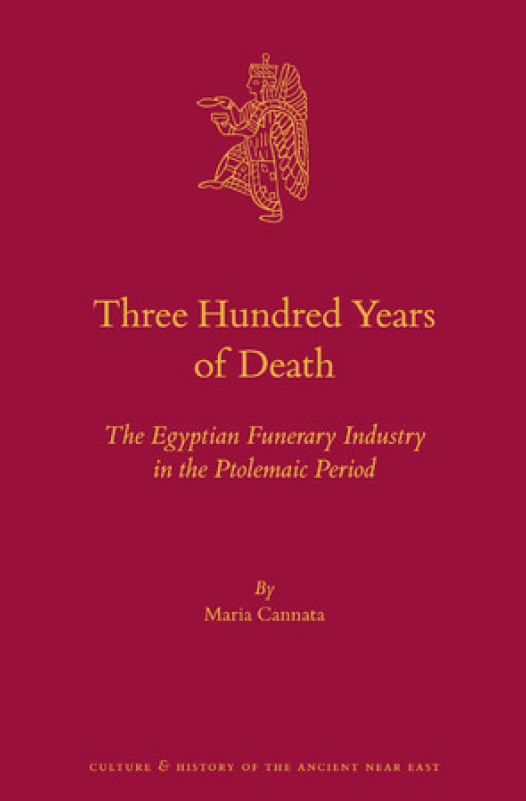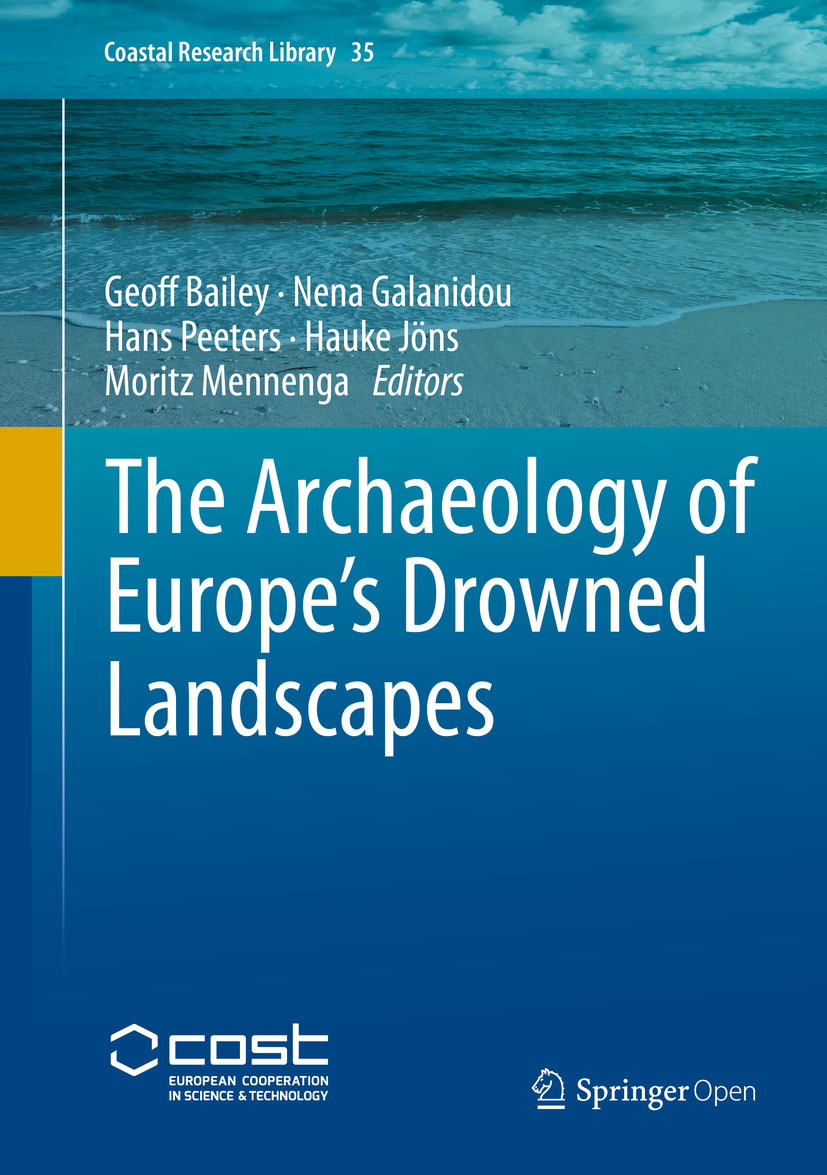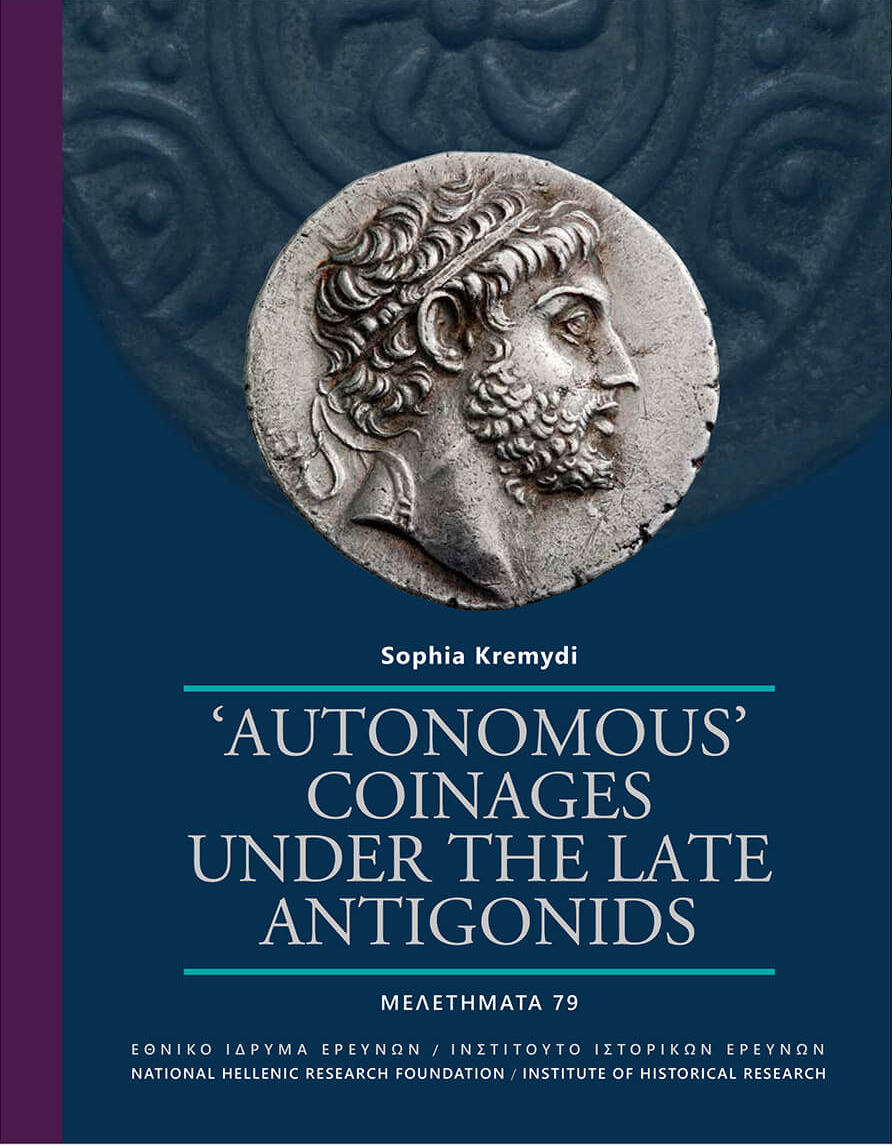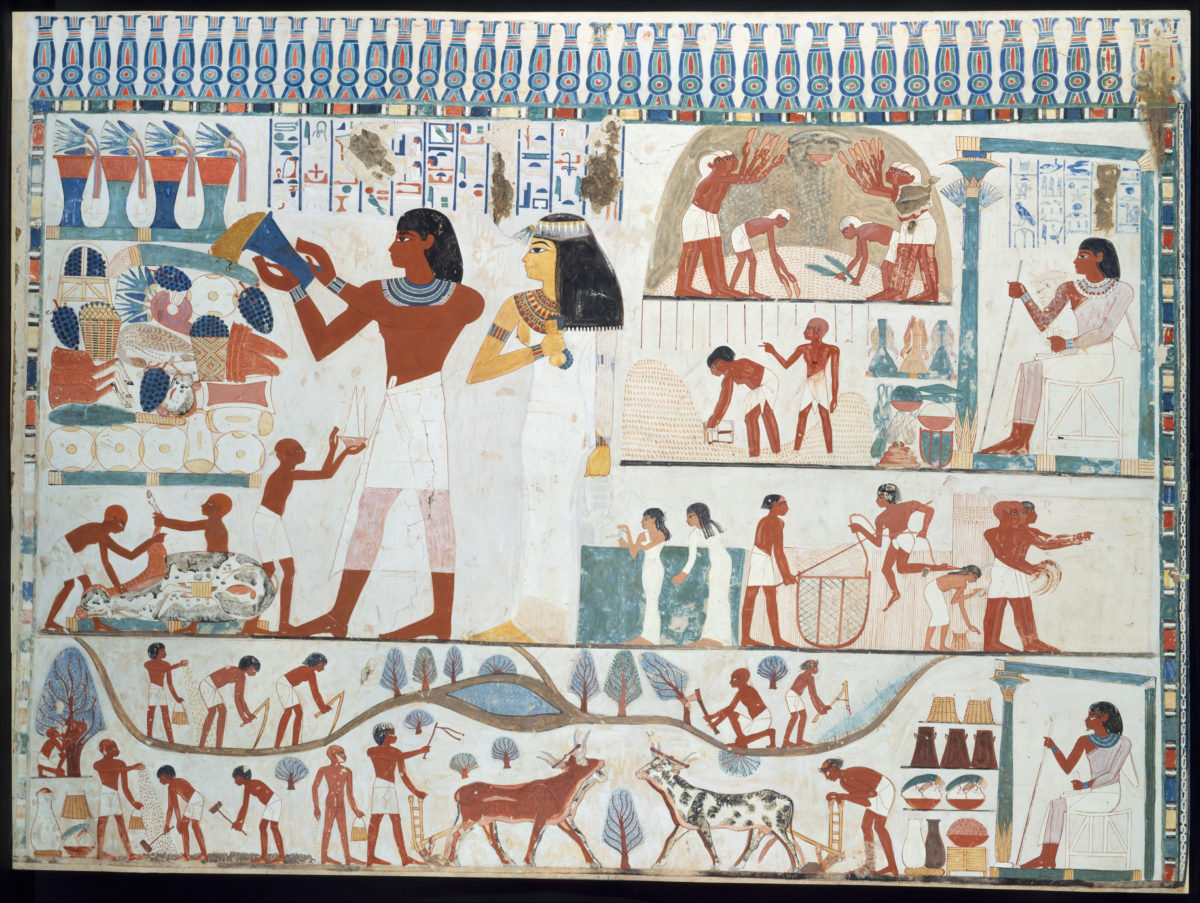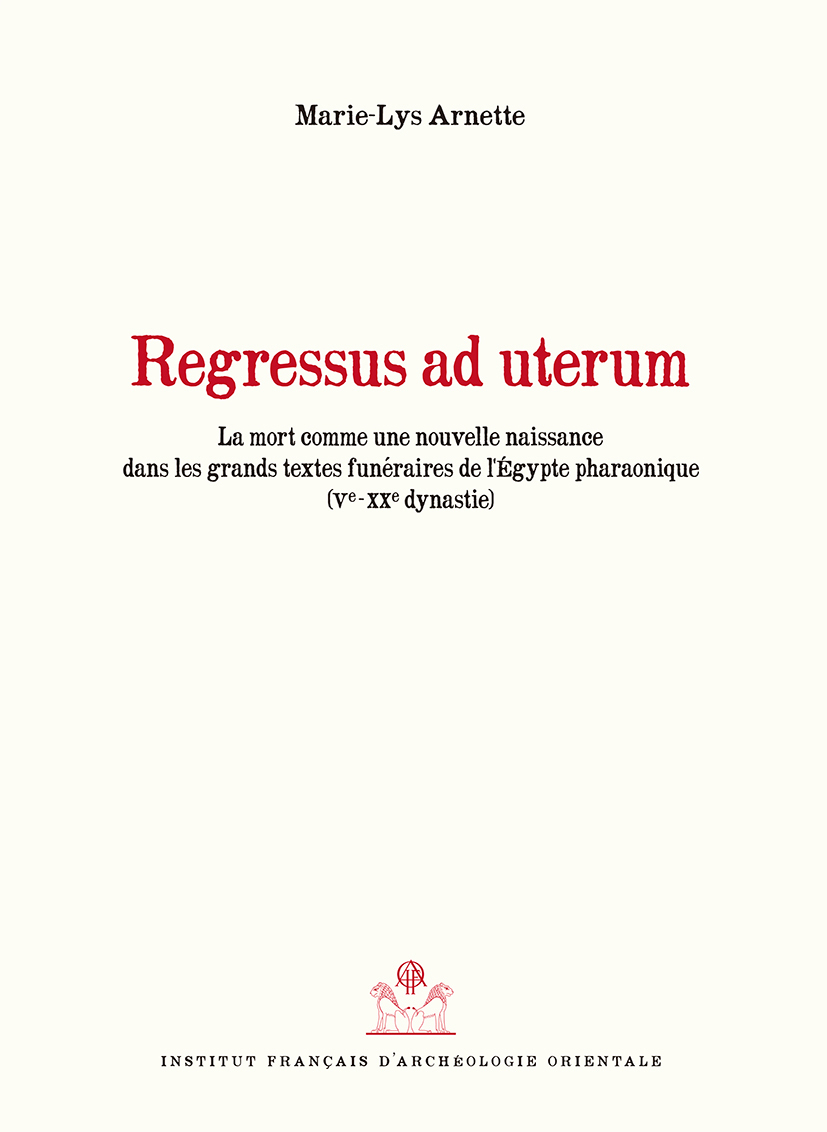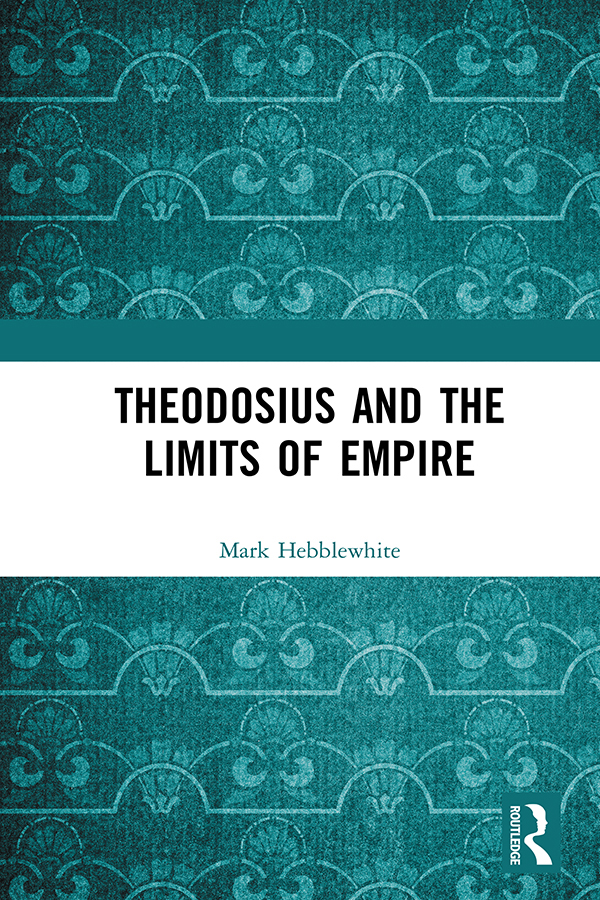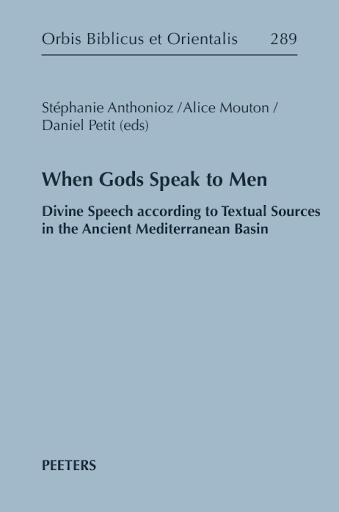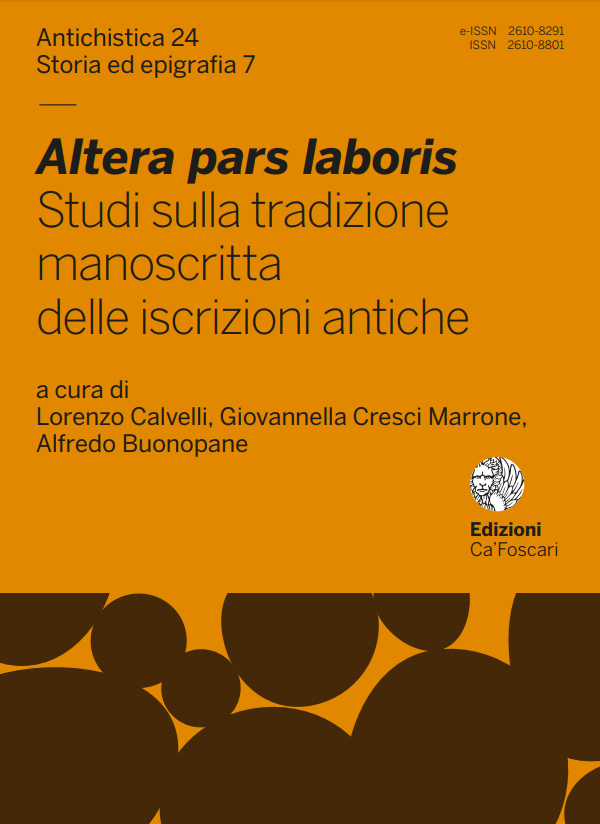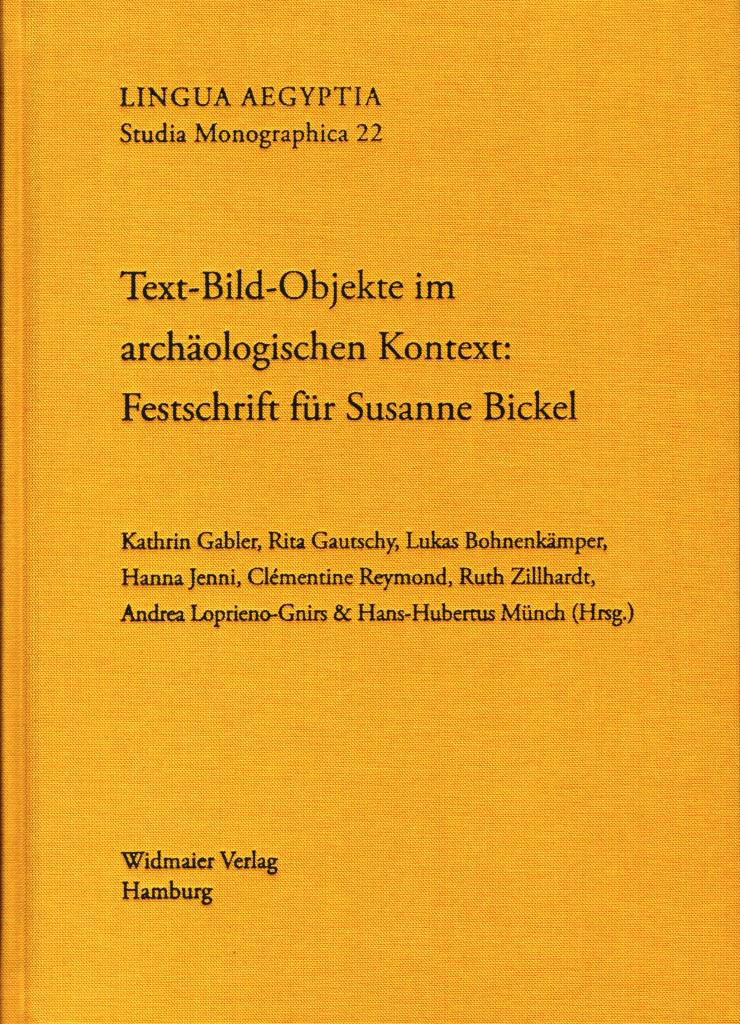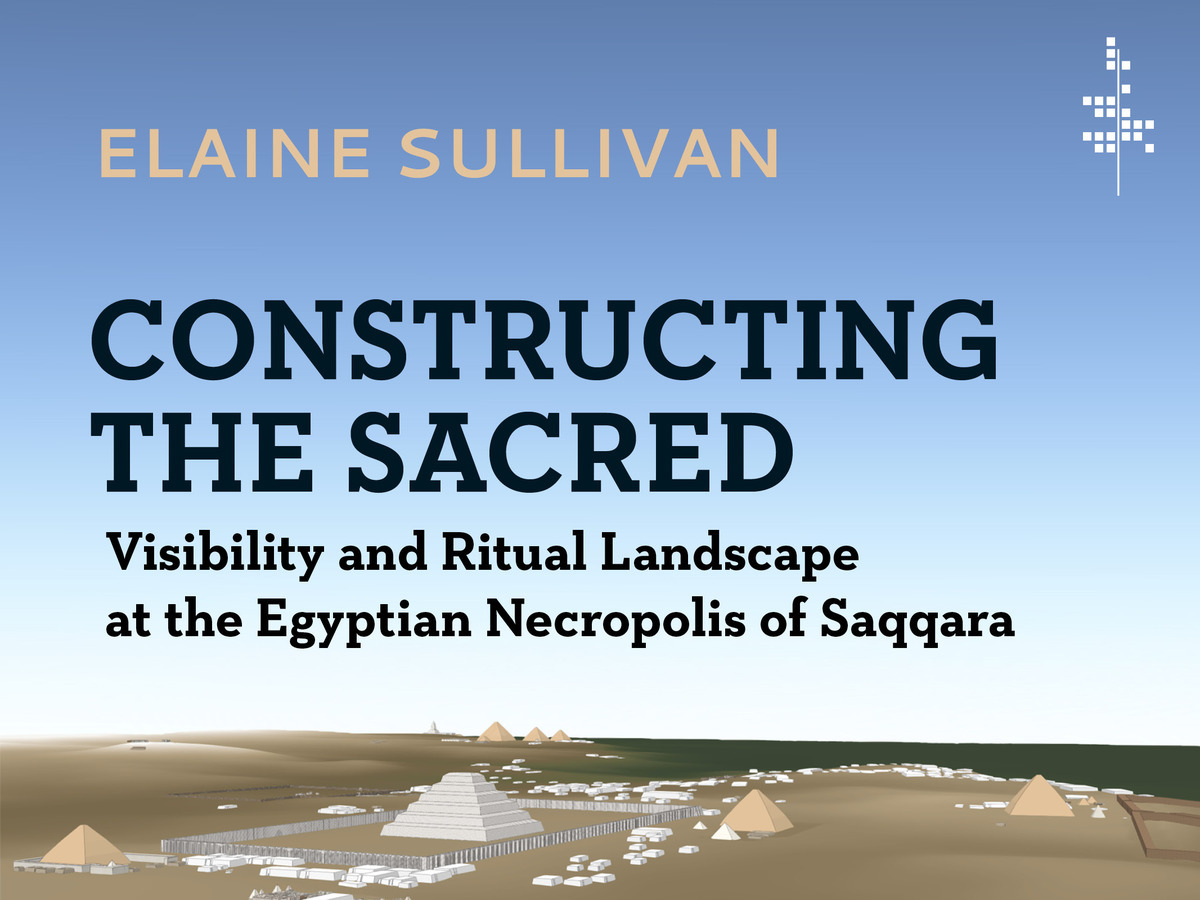The Changing Landscapes of Rome’s Northern Hinterland
a new regional history of the middle Tiber valley as a lens through which to view the emergence and transformation of the city of Rome from 1000 BC to AD 1000.
Ancient Egyptian and Ancient Near Eastern Palaces. Vol. II
Besides introducing other palaces in Egypt and Nubia, this volume is dedicated to Near Eastern palaces which are presented and studied by prominent experts in this field.
Seeing Perfection: Ancient Egyptian Images beyond Representation
A new interdisciplinary approach to ancient Egyptian images informed by archaeology, anthropology, and art history.
A History of World Egyptology
A History of World Egyptology is a ground-breaking reference work that traces the study of ancient Egypt.
Cultural heritage in the realm of the commons
This volume examines whether we can place cultural heritage at the other end of the spectrum, as a common good and potentially as a commons.
The Ancient Throne: The Mediterranean, Near East, and Beyond
The volume features studies focusing on specific thrones known from historical texts, artistic depictions, or excavations, etc.
Mummy Portraits of Roman Egypt
This publication offers the most up-to-date information available about these fascinating remnants of the ancient world.
Conflict and Competition: Agon in Western Greece
This volume considers agōn from a variety of disciplinary perspectives, with a special emphasis on Western Greece – the ancient Hellenic cities of Sicily and Southern Italy.
The Middle Kingdom Ramesseum Papyri Tomb
A detailed analysis of the single artefacts and their network of relations gives new life
to the Ramesseum assemblage.
Cult Practices in Ancient Literatures: Egyptian, Near Eastern and Graeco-Roman Narratives in a Cross-Cultural Perspective.
Proceedings of a Workshop at the Institute for the Study of the Ancient World, New York, May 16-17, 2016.
On the Origins of the Cartouche and Encircling Symbolism in Old Kingdom Pyramids
This work demonstrates how the development of the cartouche relates to the monumental encircling symbolism incorporated into the architectural designs of the Old Kingdom pyramids
MYCENAE. A Journey in the World of Agamemnon
This new edition will accompany the visitor to the archaeological site and museum, providing at the same time an overview of the Mycenaean world as a whole.
Becoming Kleopatra
A comprehensive study aiming at verifying that Ptolemaic queens did, in fact, act with ruling interests.
Unlocking Sacred Landscapes
The Unlocking Sacred Landscapes (UnSaLa) Network is pleased to announce that Open Archaeology vol. 5's Special Open Access Issue 'Unlocking Sacred Landscapes: Digital Humanities and Ritual Space has been completely available online.
Three Hundred Years of Death
A detailed survey of the organisation of the necropolises and the funerary workers, as well as their role in the practical aspects of the mummification, funeral, burial, and mortuary cult of the deceased, in Ptolemaic Egypt.
The Archaeology of Europe’s Drowned Landscapes
This open access volume provides for the first time a comprehensive description and scientific evaluation of underwater archaeological finds referring to human occupation of the continental shelf around the coastlines of Europe and the Mediterranean when sea levels were lower than present.
‘Autonomous’ Coinages under the Late Antigonids
A systematic study of the silver and bronze issues of the Macedonians, the Botteatai and the Amphaxians, of people that resided in distinct areas of the Macedonian Kingdom, the so-called districts (merides).
Beer as a signifier of social status in Ancient Egypt
This study not only settles an old academic dispute but also provides new insight into Egyptian beer.
Regressus ad uterum
This book aims at demonstrating
that referring to birth and its practical modalities is an essential
aspect of Ancient Egypt’s funerary beliefs.
Theodosius and the Limits of Empire
This monograph is the first English language biography of Theodosius I in 25 years.
When Gods Speak to Men
New addition to the Zurich Open Repository and Archive (ZORA)
of the University of Zürich.
Altera pars laboris
The volume includes sixteen essays by Italian and French scholars, dedicated to the examination of the epigraphical tradition given through manuscripts and printed material.
Text-Bild-Objekte im archäologischen Kontext
Informed by Susanne Bickel's epigraphic
and archaeological research, the present volume focuses on the interplay
of textual and visual perspectives in the analysis of Egyptian monuments
and their spatial location.
Constructing the Sacred
A new “born-digital” publication by UC Santa Cruz associate
history professor Elaine Sullivan takes a fresh look at the region
[of Saqqara] to demonstrate how the site has evolved over more
than 2,500 years.
